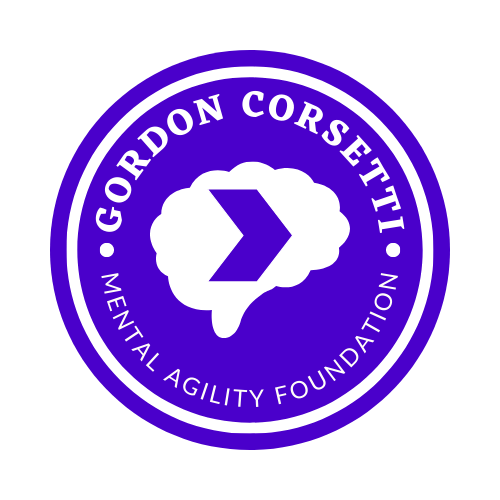The Mysterious Melancholy of Meriwether Lewis
/This day I completed my thirty first year, and conceived that I had in all human probability now existed about half the period which I am to remain in this Sublunary world. I reflected that I had as yet done but little, very little indeed, to further the happiness of the human race, or to advance the information of the succeeding generation. I viewed with regret the many hours I have spent in indolence, and now sorely feel the want of that information which those hours would have given me had they been judiciously expended. But since they are past and cannot be recalled, I dash from me the gloomy thought and resolved in future, to redouble my exertions and at least endeavor to promote those two primary objects of human existence, by giving them the aid of that portion of talents which nature and fortune have bestowed on me; or in future, to live for mankind, as I have heretofore lived for myself.
- Meriwether Lewis, Journals - August 18, 1805
Emotional tunnel vision - see a magnificent sight, and be unable to appreciate it.
Lewis wrote that on his birthday, at the continental divide. He wrote those words after seeing a sight that no white, non-native man had ever seen.
He had gone further than any American of his time, charting a course with his fellow explorer, William Clark, from the western-most border of the young American states, to the actual west cost of the North American continent.
Today, there is lively debate among historians as to Meriwether Lewis’ mental health and the true circumstances surrounding his death.
The quoted passage from his expedition journals, and observations from his friends, lend a good bit of weight to the argument that Lewis lived with Bipolar Disorder. By most accounts, he was prone to bouts of depression where he could not get out of bed, but also showed incredible vigor and drive.
Though we cannot accurately diagnose someone who lived over 200 years ago; it is fascinating to look through the lens of a historical figure’s personal thoughts, and get the sense that our ancestors dealt with many, if not the exact same, issues we deal with today.
For the sake of comparison, imagine that astronaut Buzz Aldrin stepped off the lunar lander and onto the surface of the moon. Instead of his famous quote, “One small step for man, one giant leap for mankind,” he said, “I have done very little to further the happiness of the human race.”
Getting to the continental divide in 1805, was the equivalent of landing on the moon in 1969. The distances were mind-boggling, the environments treacherous, and the planning complex. These were nearly impossible accomplishments! If Buzz had said something so depressing at that moment, Houston might have replied, “Buzz, you okay?”
Why dig up 200 year old journal entries for a blog in 2018? I believe it is valuable to show people today that those who came before us lived with mental illness just as they also lived with ear infections, tooth decay, strokes, and high blood pressure. We are not so far removed from those that lived before us, and examining the recorded thoughts of important historical figures, demonstrates that mental illness does not prevent a person from achieving great things.
Imagine getting here! Farther than any of your contemporaries, and simultaneously thinking that you have done nothing to “advance the information” of the next generation.









